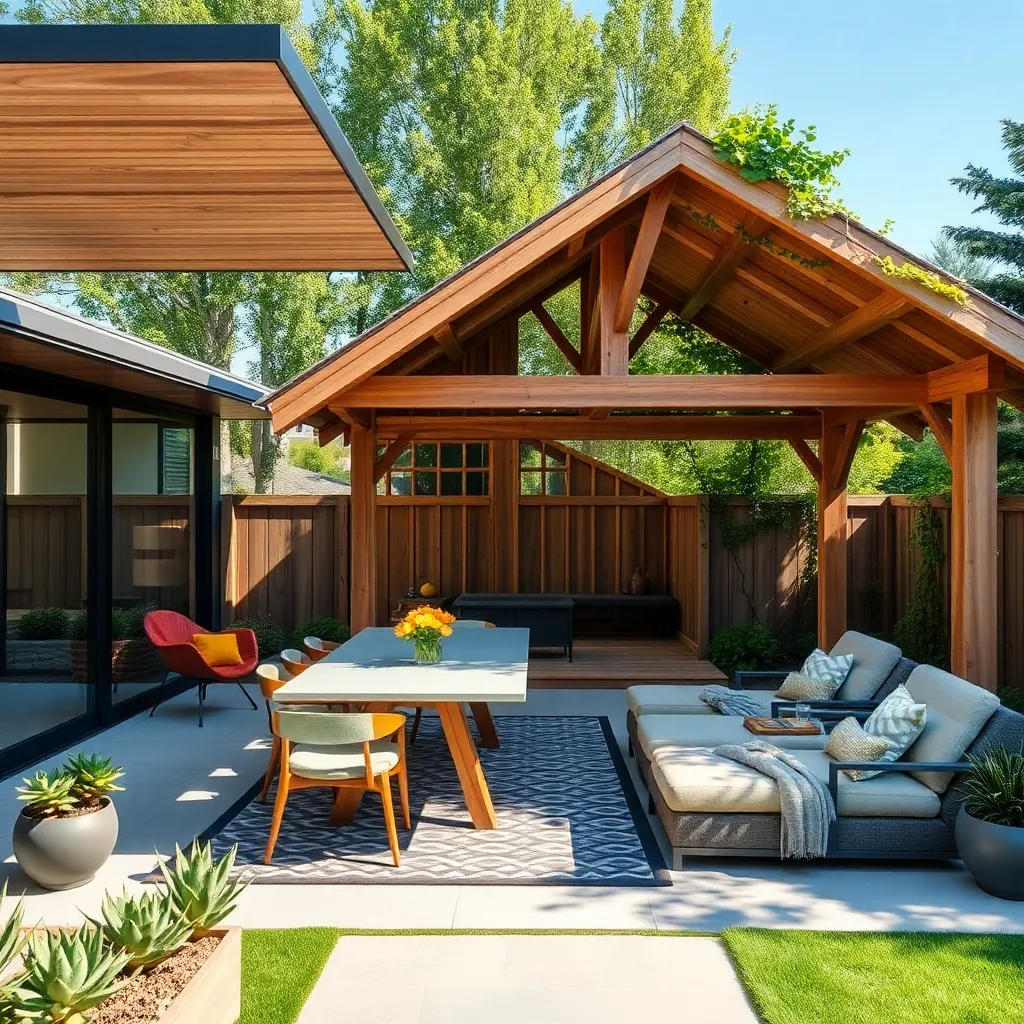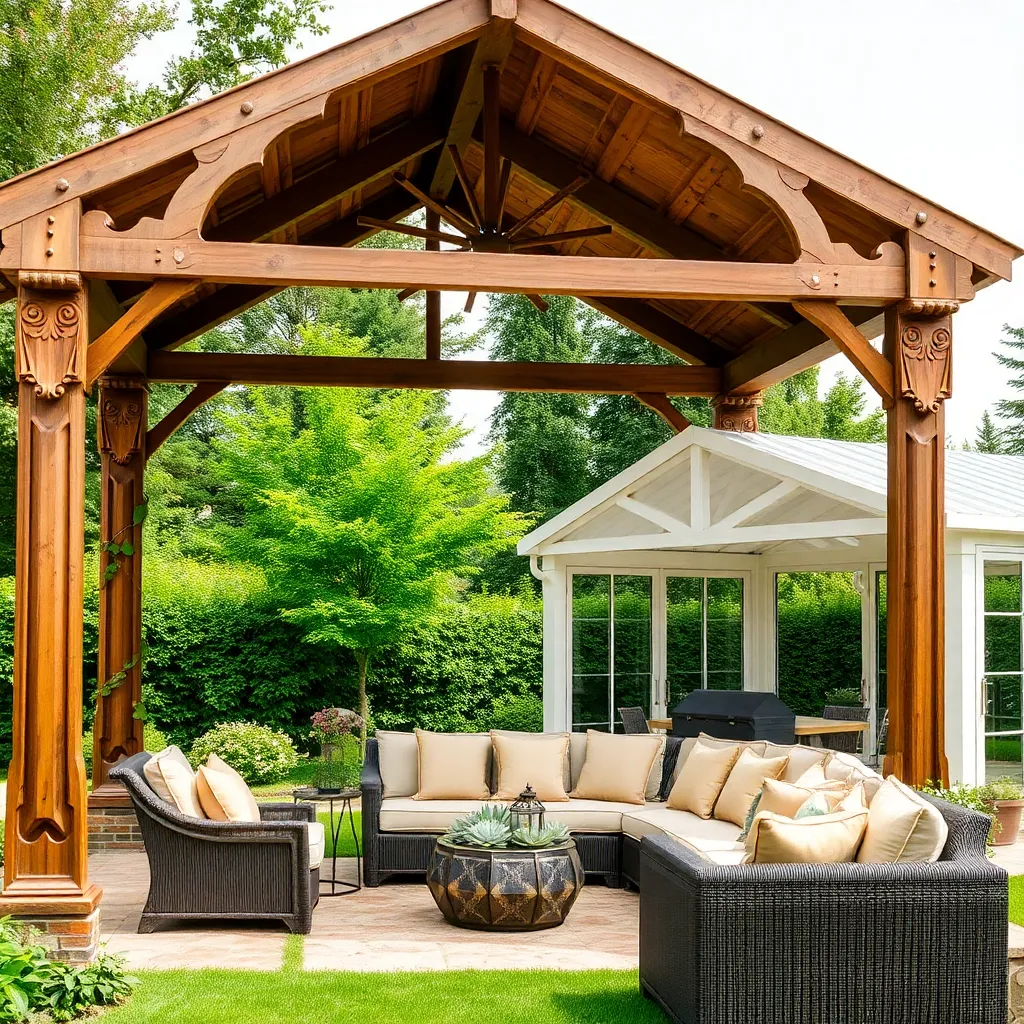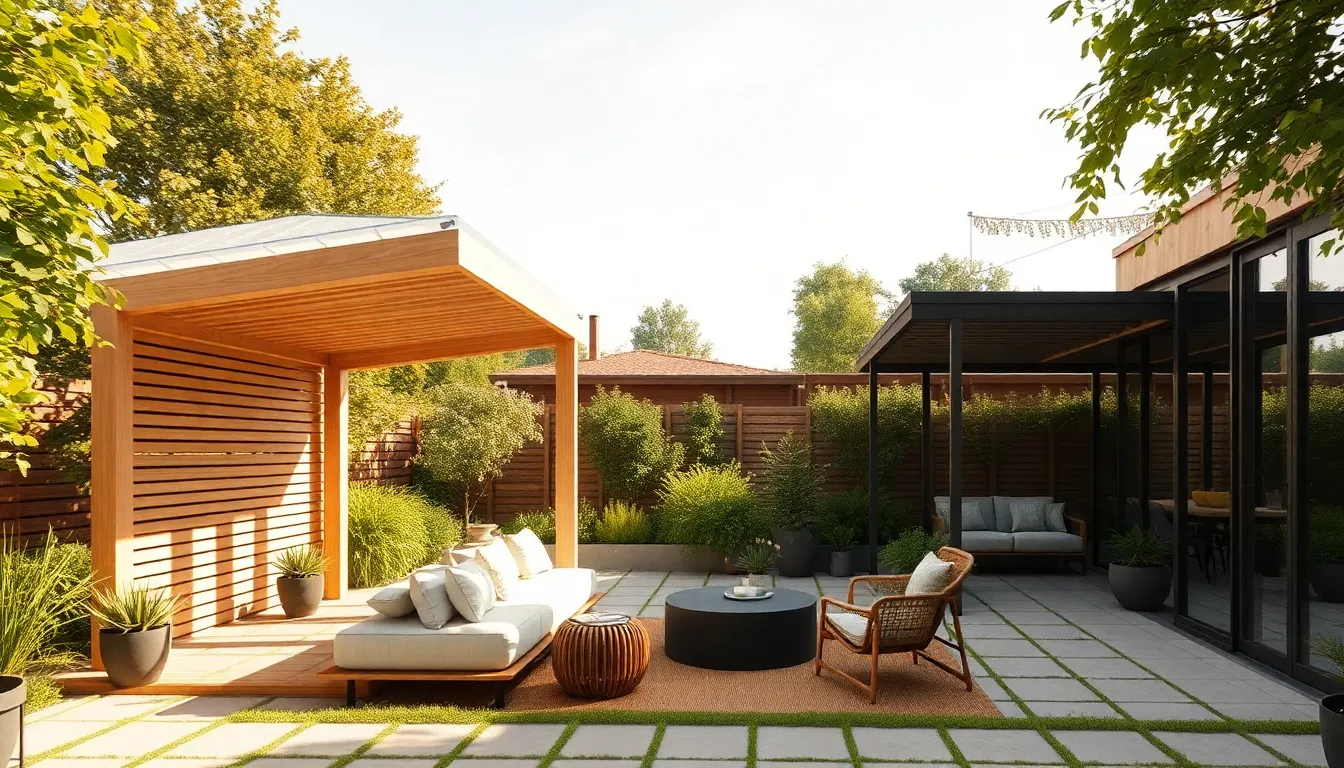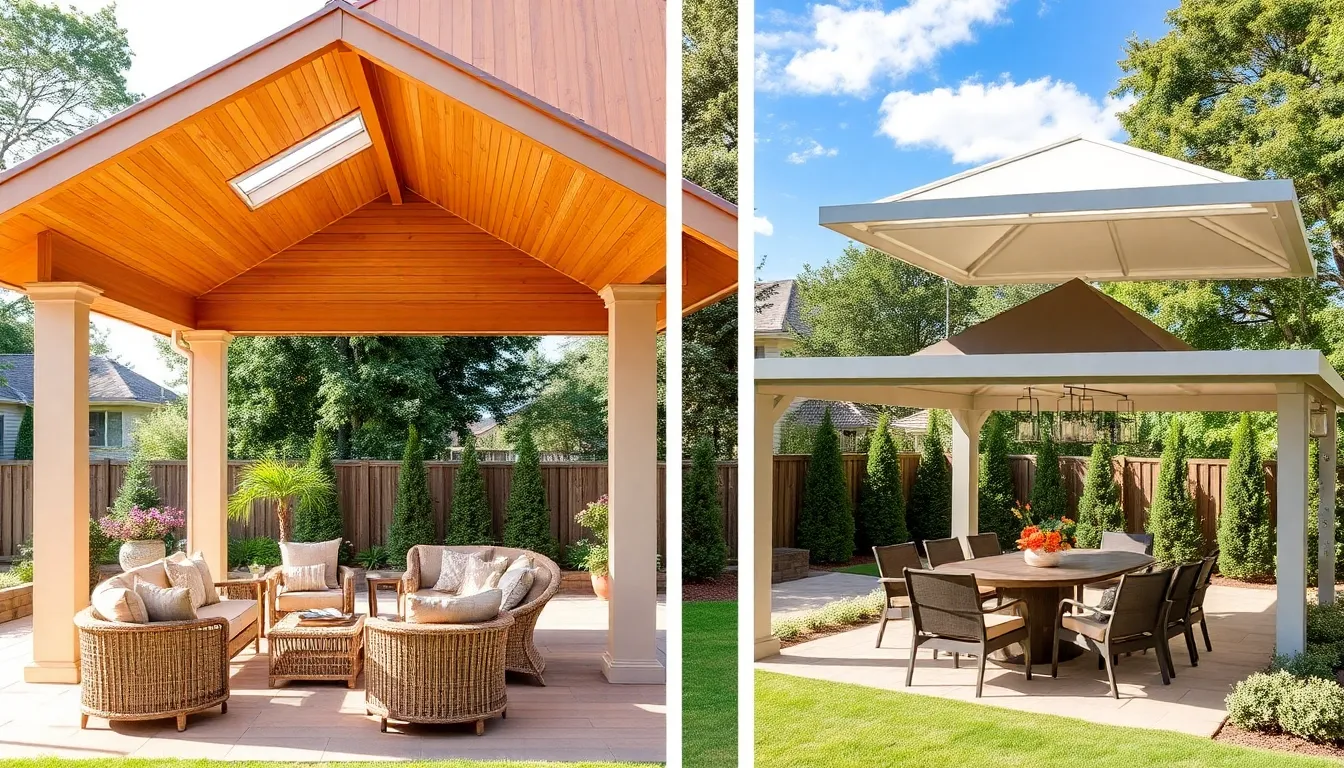Transforming your backyard into a personal oasis begins with choosing the right pavilion style, a decision that elegantly marries functionality with aesthetics. Whether you’re a novice homeowner stepping into the world of outdoor design or a seasoned expert looking to refresh your space, selecting the perfect pavilion can elevate your outdoor living experience to new heights. This pivotal choice not only enhances your home’s charm but also creates a welcoming environment for gatherings and quiet moments alike.
In this guide, we’ll explore diverse pavilion styles, helping you match form with function to suit your lifestyle and tastes. From classic wooden structures to sleek, modern designs, you’ll discover practical tips and insightful considerations to make an informed choice. Let’s embark on this exciting journey together, ensuring your outdoor retreat is as inviting and comfortable as your indoor spaces.
Assess Your Space and Needs
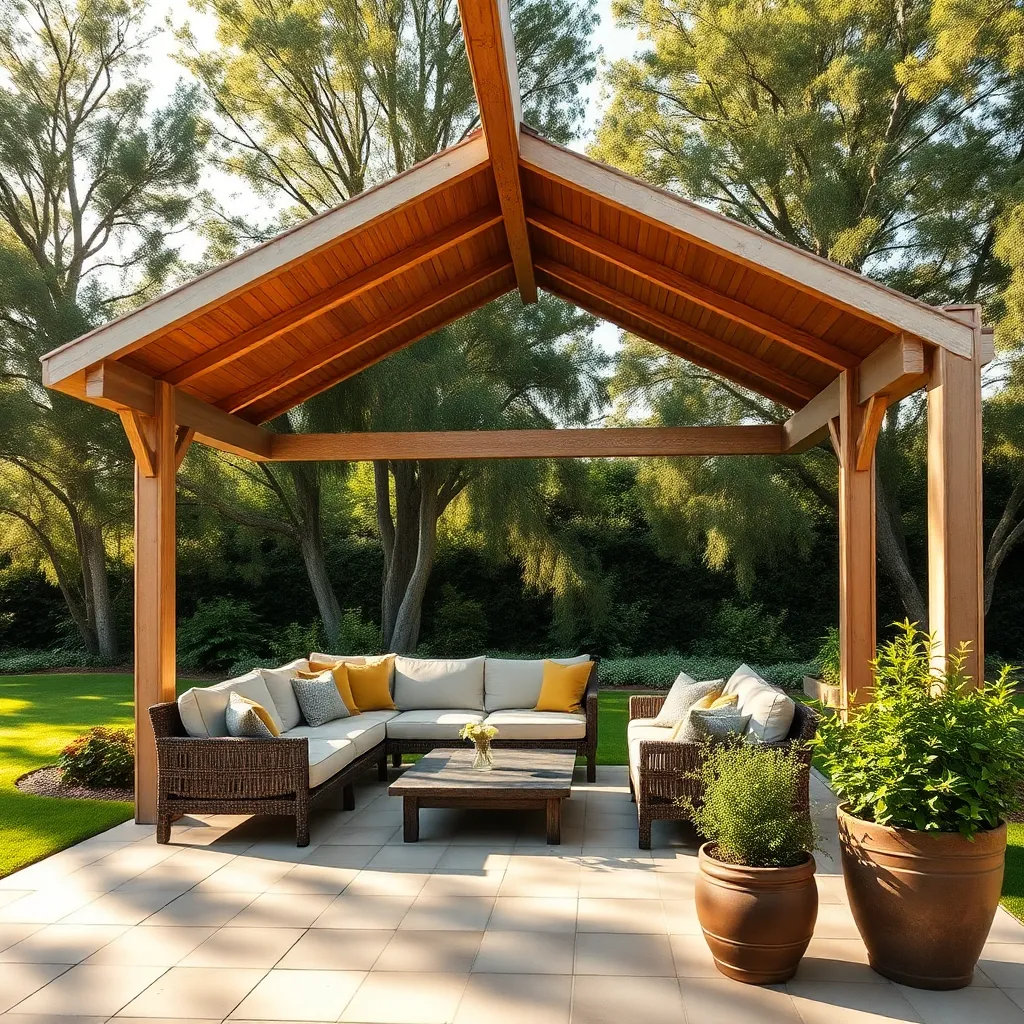
Begin by evaluating the area where you plan to install your pavilion. Consider the size of your yard and choose a spot that offers enough room for both the structure and any additional furniture or features you plan to include. A flat, stable surface is essential, so you may need to level the ground or install a concrete slab for maximum stability. For a more natural look, consider using gravel or flagstones as your base material.
Think about how you intend to use the pavilion to determine the most suitable style and materials. If you need a space for dining or entertaining, a pavilion with a solid roof provides excellent weather protection. For a more casual setting, a pergola style with open rafters can offer partial shade and a space for climbing plants. Advanced gardeners can incorporate features like built-in seating or outdoor lighting to enhance functionality and ambiance. Prioritize durable materials like cedar or metal that can withstand the elements and require minimal maintenance.
Identify Preferred Architectural Style
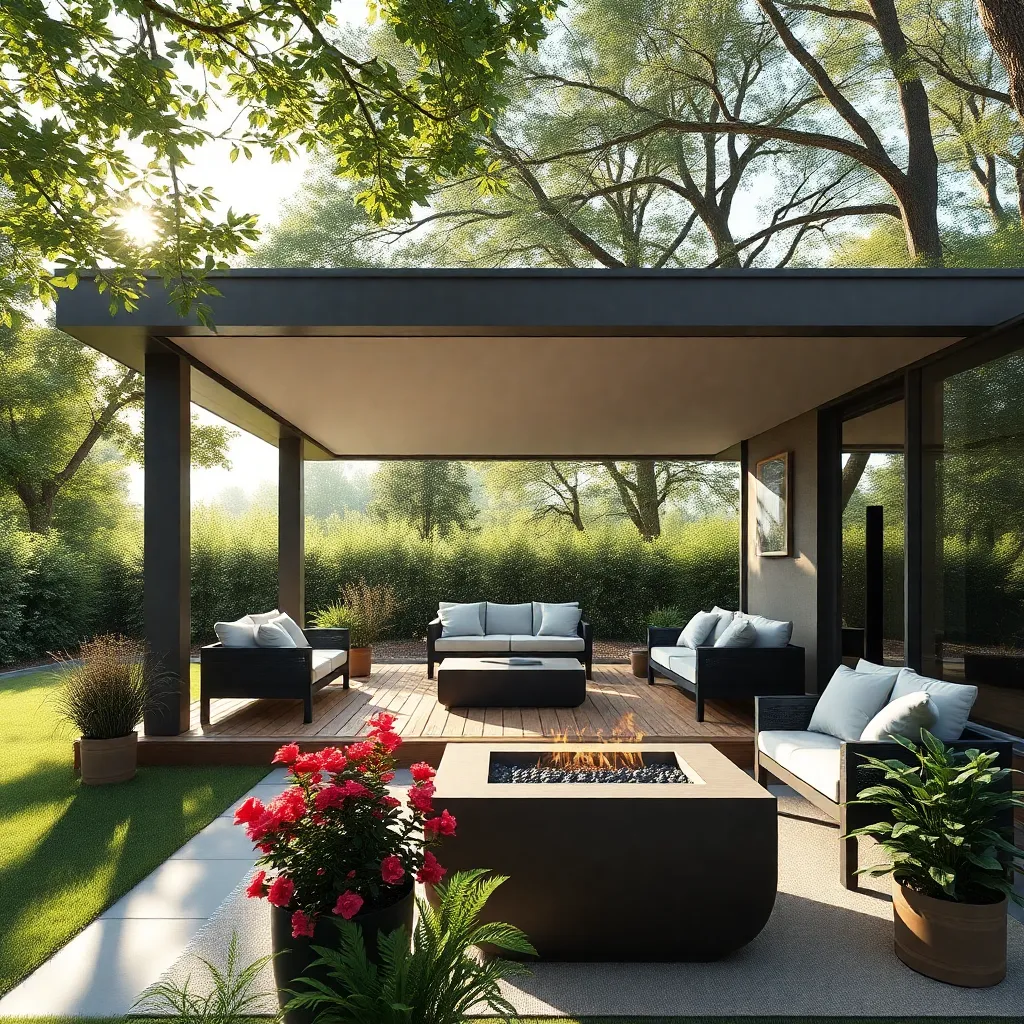
When identifying your preferred architectural style for a pavilion, consider the existing aesthetic of your home and garden. A cohesive look can be achieved by matching the pavilion’s design elements, such as the roof shape and materials, to your house’s architecture. For a traditional look, opt for a gable roof and wooden beams, which work well with classic homes. If your home leans towards modern, you might prefer a flat roof with steel or aluminum framing for a sleek appearance. Remember, choosing a style that complements your home’s architecture will create a harmonious outdoor space.
Additionally, consider the practical aspects of your preferred style. Some architectural styles, like a Victorian gazebo with intricate latticework, offer more shelter and privacy, while minimalist styles may prioritize open space and simplicity. Think about the materials that best suit your climate; for example, cedar is durable and weather-resistant, making it ideal for humid regions. Advanced gardeners might explore adding integrated features such as built-in planters or lighting to enhance functionality and ambiance. By aligning your pavilion’s style with both aesthetic and practical needs, you’ll create a space that’s as beautiful as it is functional.
Evaluate Material Options Carefully
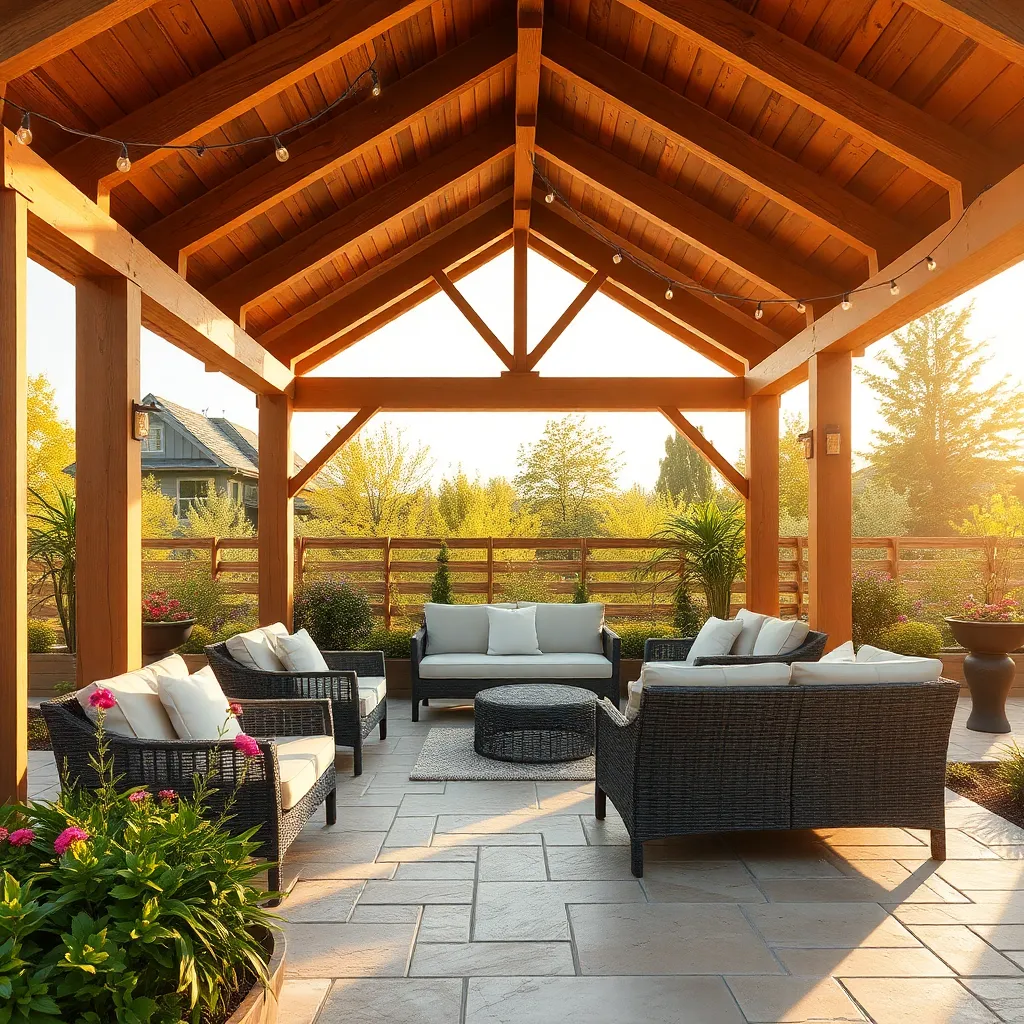
When choosing materials for your pavilion, consider both durability and aesthetic appeal. Wood is a classic choice that blends naturally with most landscapes, offering a warm and inviting look. For a low-maintenance and long-lasting option, aluminum is a great choice, especially in areas prone to moisture and pests. Ensure the material you select can withstand your local climate, whether that involves heavy rain, intense sun, or high winds.
For those seeking a unique touch, composite materials combine the beauty of wood with the resilience of synthetic options, making them ideal for those who want minimal upkeep. When budgeting, remember that investing in high-quality materials can save on future repairs.
- Consider including features like UV-resistant coatings for sun protection.
- Think about incorporating gabled roofs for effective water runoff.
These choices not only enhance the pavilion’s functionality but also its longevity and appeal.
Consider Climate and Weather Factors
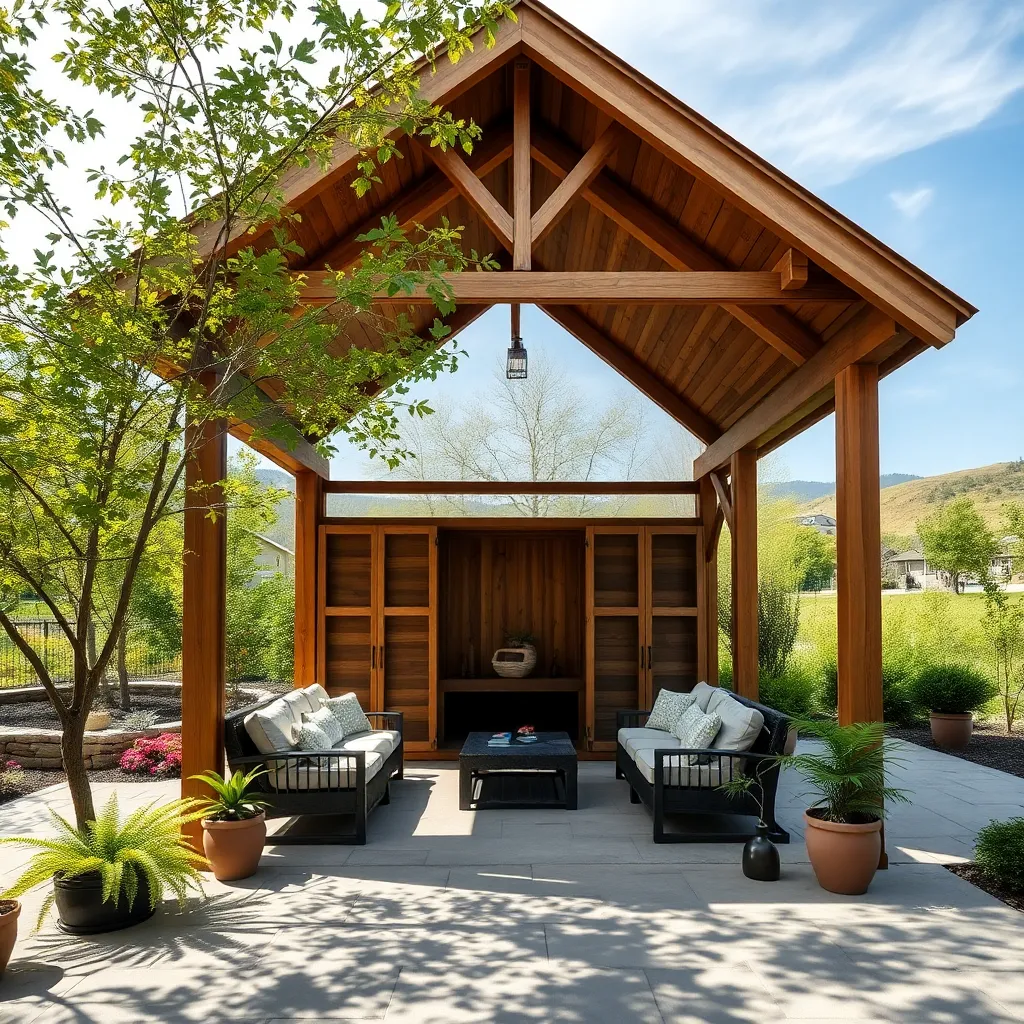
When selecting a pavilion style, it’s crucial to consider your local climate and weather patterns. If you live in a region that experiences heavy rainfall, opt for a pavilion with a steeply pitched roof to ensure effective water runoff and prevent pooling. For areas prone to high winds, consider materials like steel or reinforced wood that provide extra stability and resistance. Incorporating features such as anchoring systems can further secure your structure against harsh weather.
Also, think about the pavilion’s ability to offer protection from the sun. In hotter climates, choose a design with larger overhangs or built-in shades to offer more coverage and keep temperatures down. Advanced options like retractable awnings or adjustable louvers can provide flexibility, allowing you to adapt your pavilion to changing weather conditions. Using UV-resistant materials will ensure longevity and keep your pavilion looking new despite prolonged sun exposure.
Review Design and Functionality Features

When reviewing the design and functionality of a pavilion, it’s crucial to consider how the structure will complement your outdoor space. Opt for materials that not only match your aesthetic but also offer durability, such as cedar wood or powder-coated aluminum, which withstands harsh weather conditions. For a beginner-friendly option, consider a simple, open-frame design that allows for easy assembly and flexibility in positioning. Advanced gardeners might explore adding built-in seating or planters to integrate the pavilion seamlessly into a garden landscape.
Functionality is just as important as design when selecting a pavilion style. Ensure the size of the pavilion suits your intended use; for instance, a 12×12-foot structure is ideal for small gatherings, while larger models can accommodate bigger events. Incorporate practical features like adjustable sidewalls or mosquito netting for added comfort and protection. Experienced DIYers might enhance their pavilion with solar lighting or weatherproof fans, creating an inviting space that extends usability into the evening hours. By carefully considering these elements, you can create a pavilion that is both beautiful and highly functional.
Conclusion: Creating Beautiful Outdoor Spaces
In the journey of choosing the right pavilion style, we’ve navigated through five key relationship concepts: understanding your and your partner’s unique tastes, aligning on a shared vision, budgeting wisely to prevent financial strain, recognizing the importance of adaptability as needs evolve, and prioritizing mutual satisfaction to strengthen your connection. Each of these elements serves as a foundation for not just selecting a pavilion, but for enriching your partnership.
Now that you’ve equipped yourself with these insights, take a moment to discuss with your partner which style resonates most with both of you. This collaborative task fosters communication and ensures you’re both on the same page—an essential practice in any thriving relationship.
I encourage you to save or bookmark this article for future reference. As you and your partner grow, revisiting these principles can help realign your shared goals and preferences.
Remember, the success of your relationship is built on intentional choices and shared experiences. By taking these steps, you’re investing in a future filled with harmony and happiness. Here’s to building not just the perfect pavilion, but a resilient, joyful relationship that stands the test of time.

